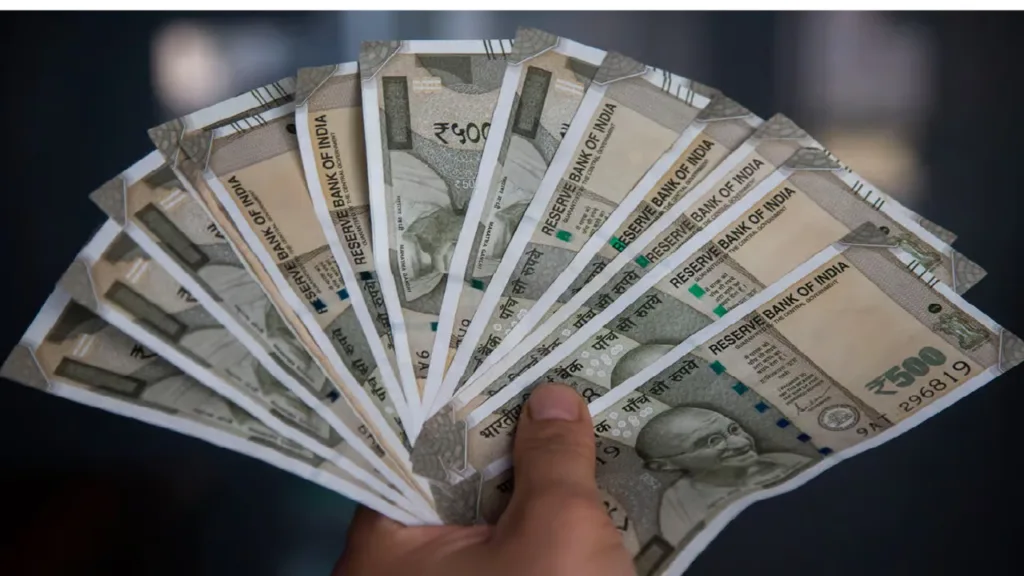The Indian government is taking a big push towards electric mobility, aiming to reduce dependence on fossil fuels and curb pollution. This translates to significant benefits for consumers looking to switch to electric two-wheeler and three-wheeler vehicles. Let’s delve deeper into the recent government initiatives and how they might make electric vehicles more affordable for you.
A Shot in the Arm for Electric Two-Wheelers and Three-Wheelers
In a move to accelerate the adoption of electric two-wheelers and three-wheelers, the central government has announced a new scheme with a dedicated budget of Rs. 500 crore. This scheme is implemented through the Faster Adoption and Manufacturing of Electric Vehicles in India (FAME India) program.
Increased Funding for Electric Mobility
This recent announcement builds upon previous initiatives:
- FAME II Scheme: In February 2024, the government significantly increased the budget allocated under the FAME II scheme. This scheme now boasts a total budget of Rs. 11,500 crore, compared to Rs. 10,000 crore previously.
- Subsidy Extension: The earlier FAME II subsidy deadline of March 31, 2024, has been lifted. This means that the subsidies offered on electric vehicles are likely to remain in effect for a longer period.
Breaking Down the Subsidy Structure
The revised FAME India scheme offers subsidies specifically for electric two-wheeler and three-wheeler vehicles:
- Total Subsidy Allocation: The total subsidy allocated for electric two-wheelers and three-wheelers under the revised FAME India scheme is Rs. 7,048 crore.
- Focus on Manufacturing: An additional Rs. 4,028 crore has been allocated towards promoting and encouraging the domestic manufacturing of electric vehicles and their parts. This focus on domestic production aims to create a robust electric vehicle ecosystem in India.
The Impact: Cheaper Electric Vehicles for Consumers
These government initiatives translate to significant benefits for potential electric vehicle buyers:
- Reduced Purchase Price: The subsidies offered under the FAME India scheme effectively reduce the upfront purchase price of electric two-wheeler and three-wheeler vehicles. This makes them more accessible to a wider range of consumers.
- Lower Running Costs: Electric vehicles are inherently more economical to run compared to petrol-powered options. With the reduced purchase price due to subsidies, the overall cost of ownership becomes even more attractive.
Anticipated Rise in Electric Vehicle Demand
The government’s push for electric vehicles, coupled with the attractive subsidies, is expected to fuel a significant rise in demand:
- Projected Growth: Industry estimates suggest that the number of electric two-wheelers sold in India could reach 1.02 million units next year. This indicates a strong shift in consumer preference towards electric mobility.
Beyond the Incentives: Additional Considerations
While the government incentives are a major advantage, here are some additional factors to consider before switching to an electric vehicle:
- Charging Infrastructure: The availability of charging stations, especially fast-charging stations, is still developing in India. Consider your access to charging points at home, workplace, or along your regular commuting routes.
- Battery Range: Electric vehicles have a limited range compared to petrol vehicles on a single charge. Evaluate your daily commuting needs and choose a vehicle with a battery range that adequately covers your travel distance.
- Maintenance Costs: Electric vehicles generally have lower maintenance costs compared to petrol vehicles. However, factor in the potential cost of battery replacement in the long run.
The Future of Electric Vehicles in India
The Indian government’s commitment to electric mobility, evident through the increased funding and extended subsidies, is paving the way for a greener future. As electric vehicle technology advances, charging infrastructure expands, and consumer awareness grows, electric vehicles are poised to become a mainstream transportation choice in India.
Here’s a table summarizing the key points regarding the government’s push for electric vehicles:
| Initiative | Details |
|---|---|
| New Scheme Allocation | Rs. 500 crore allocated for electric two-wheelers and three-wheelers under FAME India |
| Increased FAME II Budget | Total budget of FAME II scheme increased to Rs. 11,500 crore |
| Subsidy Extension | FAME II subsidy deadline extended beyond March 31, 2024 |
| Total Subsidy Allocation for Two-Wheelers & Three-Wheelers | Rs. 7,048 crore allocated for electric two-wheelers and three-wheelers |
| Focus on Manufacturing | Rs. 4,028 crore allocated for promoting domestic manufacturing of electric vehicles and parts |














